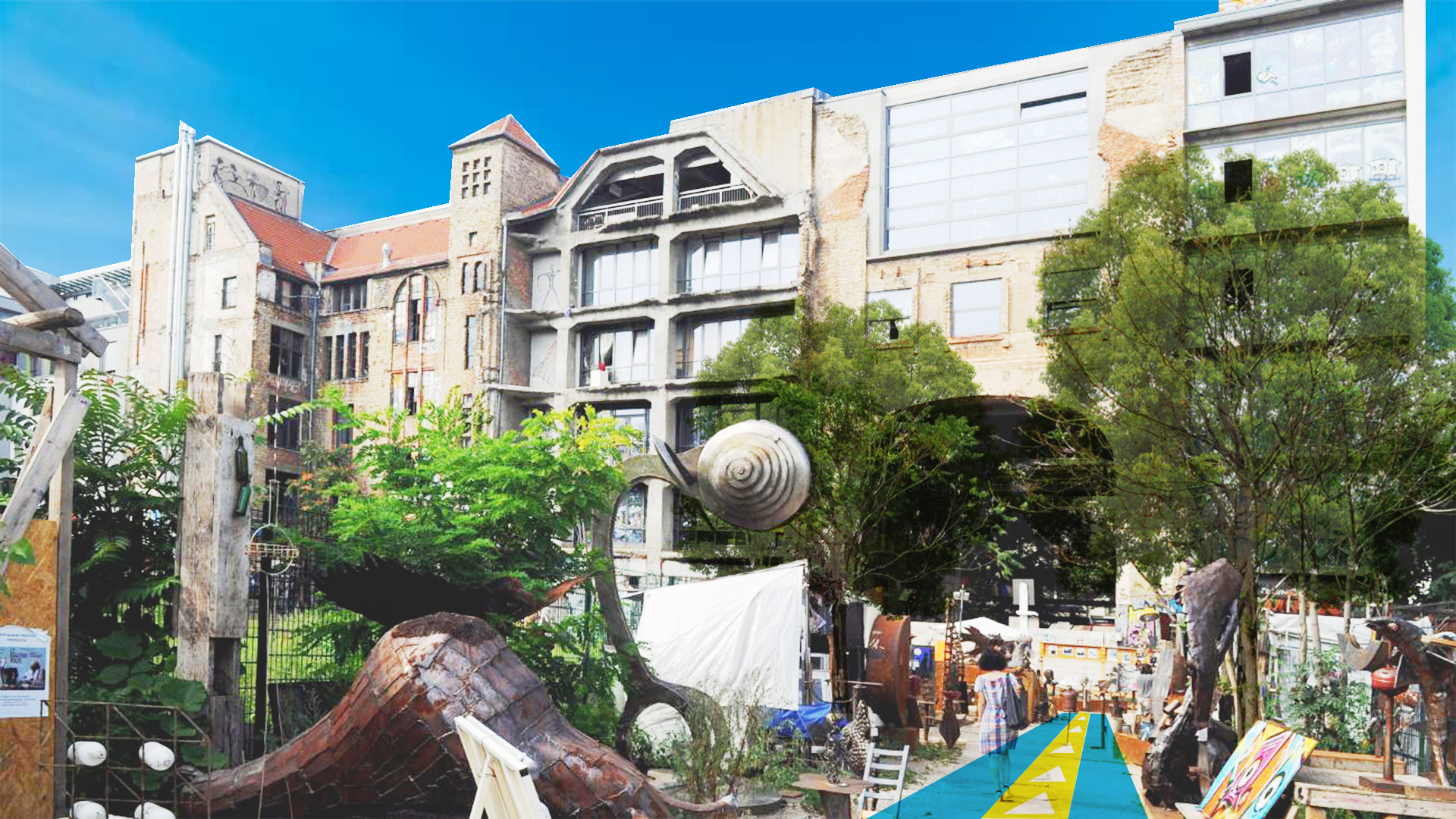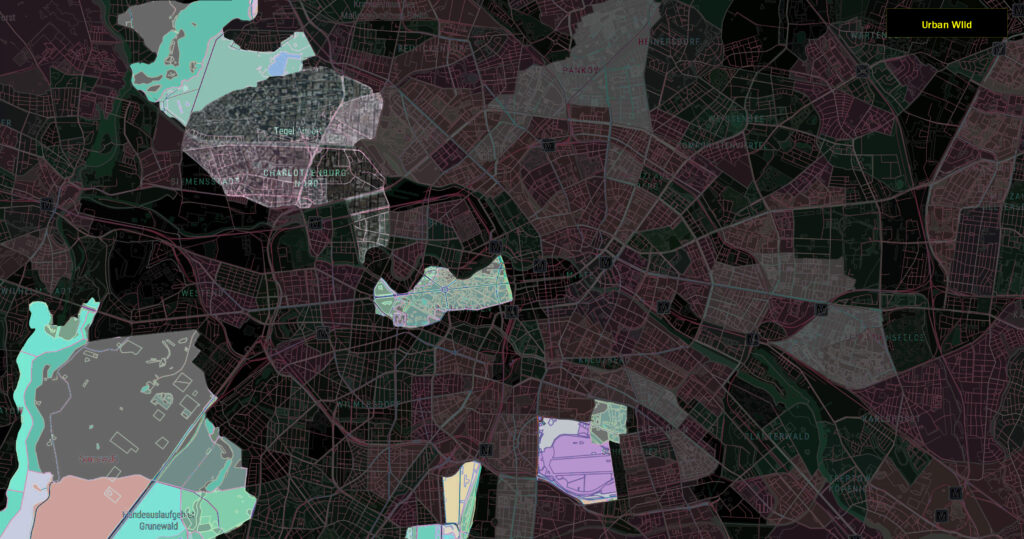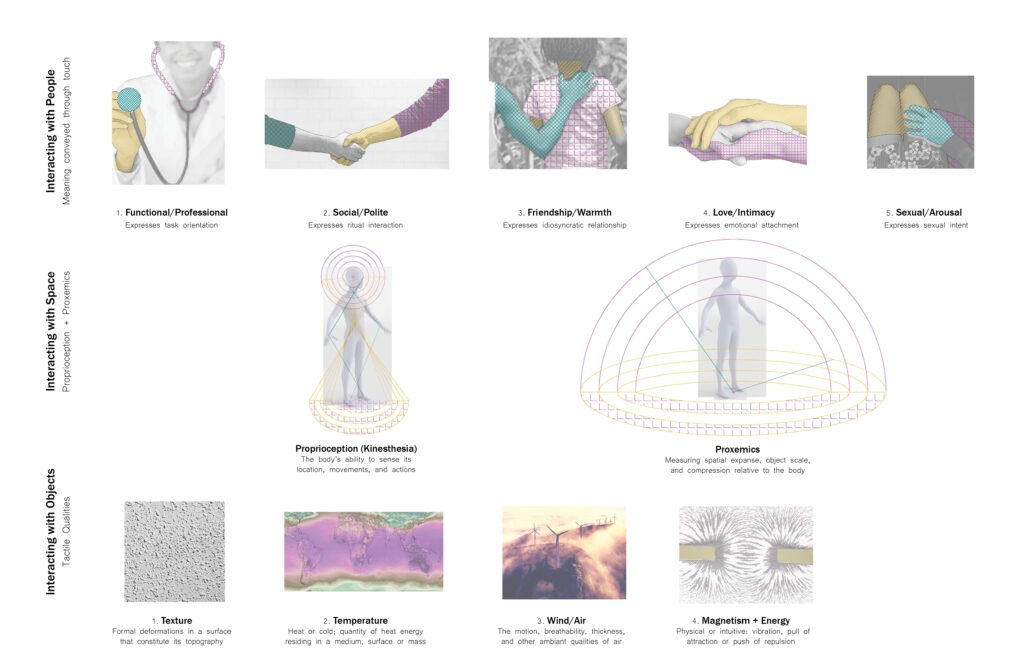The Skin of Berlin
Welcome to the future where human desire to record our stories has evolved from the aural to visual into the haptic construction of narrative.
The Government of Berlin has entered into a partnership with technology companies to craft the ultimate experience of the city, for people sitting anywhere in the world. Working with cutting edge technology they have built the Skin of Berlin, a digital layer of the city that can be experienced through haptic augmented reality. This digital space also hosts several actors who you can interact with to have an authentic experience through the themed neighborhoods of the city.






Patchwork of Personas: Mapping Berlin's Experience Zones
The city is divided into






The Haptic Interface: Blurring Bodies and Cityscapes
Today, medical, technological, and athletic performance companies have developed wearable haptic devices that simulate the haptic in compelling ways. Our haptic interface would similarly be a wearable skin-tight suit. Projecting forward from advances in prosthetics, a neural chip would fill in the gaps where simulation must occur in the brain rather than being registered on the user’s skin. Thus, the body is uploaded into the city, and the city is in turn uploaded as a game.

All social interactions are assigned a haptic point value within the gaming platform, which focuses on simulating physical space and conveying meaning through physical contact. Its aim is to break through the constraints of the surveillance screen and convert all surfaces (architectural, infrastructural, ecological, animal, human) into participants in a fully immersive, projective, and responsive ecosystem of surveillance.

The Simulation
In our near future thought experiment, a system of surveillance governed by Tech Utopia’s AI, called the Haptic System, converts the city into a simulation and an infrastructure of information. Users immerse themselves within a consumable virtual gaming platform, consent to have their reactions to haptic stimuli measured to allow the AI to learn, and contribute to a living library of haptic knowledge. The AI feeds users locations and interactions around the city that conform most strongly to their desired narrative, so areas, events, and people that satisfy the most popular range of narratives are the most heavily surveilled.